|
By Al Players: 1 Platforms: PC (via Steam) Shattered Heaven is a deckbuilding RPG with roguelike elements. That doesn't sound all that unique, but its story-based gameplay really draws players in with a dark fantasy tale complete with Lovecraftian horrors. It's currently in Steam Early access and we're going to take a look at the game as it stands now and see if this is one to grab now, wait until its full release later this year, or even just keep an eye on in general. Let's get into it. The story in Shattered Heaven is probably the best part about it. It's really hard to describe it in short order, but it takes place in a nameless post-apocalyptic world that has been forsaken by the gods due to a betrayal by someone named Eris. Humanity is reduced to four tribes that are often at each other's throats for the world's few remaining resources, and the people themselves are infertile, doomed to live harsh lives, and are dead by the age of 40. Representatives from each tribe join in the War of Ascension that seeks to bring the betrayer to justice and restore the world to some level of normalcy. These representatives take the form of the Vestal (think a chosen one) and their two guardian companions. You take the on the role of Andora, and she's joined by who two companions Magni and Ishana. They head to the central Cathedral and begin the fight that they hope will save their people from extinction. Of course the other tribes do so as well and it's here that we learn that not all the tribes will benefit from the betrayer being brought to justice. The story has a lot more twists and turns, and you actually face the so-called betrayer very early on in the game, but I'll refrain from tossing out any spoilers beyond the basics. While I ultimately enjoyed the story most of all, I must admit that it comes at players really strongly at time. It can be really hard to understand what is going on when things start, and a lot of the lore is locked behind log entries you have to read through. This reminded me a lot of Final Fantasy XIII where one can be lost and confused if they didn't stay on top of them. Even with these log entries, you still get lots of heavy lore dumps at times, and these can be quite overwhelming. A weaker story would've fallen under this method of delivery, but I think it works well enough here in Shattered Heaven. I'm still new to the world of deckbuilding games, but Shattered Heaven has a lot that makes it unique. Each character has their own strengths and weakness. Andora is a strong attacker, Magni is a defensive tank, and Ishana offers something different and most equivalent to this game's idea of a "magic user". You gain more cards by battling, exploring dungeons, completing events, and so on and most of them can be added to any deck of your choosing. Cards come with specific attributes that benefit certain party members more than others, usually helping them build up points for their skills. Speaking of these skills, each party member has special abilities they can unleash that can deal damage, put up shields, etc. These have cooldown periods and can't be used one after the other, so it's best to plan accordingly so you have these available for important battles. Since battles take place in an RPG-like fashion, that means that each character has HP. If a character loses all HP they die, and if everyone loses their HP it's game over. There are also buffs, debuffs, and the ever-important shields and armor to contend with that generally keep players alive or kill them faster. Most of this is standard deckbuilding gameplay, but I found it interesting that the characters here didn't follow a standard level system. Instead you upgrade characters through equipment or learned skills on their individual skill trees. There's a lot to learn about here, but thankfully the in-game tutorials do a good job showing you the ins and outs of most gameplay elements. Battles take place in dungeons and each one is procedurally generated. This means random encounters, traps, and treasure for you to find on each run. There are actually a lot of trap and event tiles, and they can be somewhat annoying to come across as they more often than not drain resources. Healing is also a luxury as healing items are expensive or rare, and you can only partially heal at some event squares or at the end of a floor. Since some battles can go south quickly, this means that difficulty can be a bit high at times. Thankfully the game gives you the option to choose a difficulty when you enter every dungeon. I ultimately found that for me at least these difficulty settings felt somewhat unbalanced. The easy setting felt a little too easy, and normal felt like I barely was surviving most of the time. I don't have any intention of trying out the hard setting, but I'm sure it's far too punishing for me. Some dungeons end in boss encounters, but most of them simply stop. You then get your loot and travel back to the central Cathedral. It's actually really weird gameplay-wise that you'll be traversing a dungeon for a specific goal and then after a couple floors the characters will say something like: "Okay, we're tired, let's go back to the Cathedral before heading onward." This took me out of things a couple times, even though I can see why it's necessary. I guess I wish that dungeons were integrated a bit more into the story. Speaking of the Cathedral, that's where you do a lot of the "town" things. You can go to your quarters and see random story scenes, go to various shops, and upgrade your characters. Actually, the most important thing you can do in Cathedral is fix up your deck. This is very important and something I stupidly ignored my first hours with the game. Creating the optimal deck is very important, and something I'll probably cover in the eventual full review as it'll just add paragraphs to this one. Basically stay on top of it at all times, and don't be afraid to smelt worthless cards in the dungeons. It's also important to use those talent points to upgrade your characters as you're going to need every single bonus to get through the dungeons and bosses. Elsewhere the Cathedral has the forge, which has permanent upgrades for your party, the merchant stall, where you buy items, tools, and equipment, and the apothecary, where you craft potions and items from loot and monster drops. You can also only save outside of dungeons (though there is an autosave of sorts in case you really have to stop playing in the middle of one) so there's also that to keep in mind. It's probably weird to say, but one of the things I felt myself wishing was in Cathedral were other NPCs. Story scenes do happen with other characters while there, but they're all scripted for the most part and aren't able to be initiated by the player. The world feels pretty empty at times and I think being able to randomly converse with others would've greatly added to the game. Now, I'm not sure if it's an odd thing to say, but I feel that Shattered Heaven's visuals are something of an acquired taste. When I first checked out the game I wasn't feeling the character or monster designs. Both seemed to be trying too hard to buck the trend of what you'd expect from both. Andora is a very buff woman, complete with an impressive set of abs, who feels redundant with someone like the equally buff Magni also in the group. Seeing as you have two swole party members, Ishana stands out a bit with her witch-like stance and apparent blindness. Monsters on the other hand seem to be a random mix of eldritch horrors and the best of internet creepypastas. It doesn't help that everything is just so dark. And I don't mean in terms of lighting; everything in-game is overtaken by greys and browns. There's more variety in the cards, but that leads me to the next point. Some of the cards look like they come from a completely different game. They seem to come in three varieties: cards that share the main game's design, cards that are somehow extremely generic visually but are still of a different design than the main game, and some that are weirdly colorful with portraits on them that feel were taken from a more light-hearted title. It can be really jarring at times since you obviously use cards throughout the entire game. I'm not sure if these were designed over the course of a long development cycle and artists were shifted in and out, but if it wasn't I hope that this is something that can be fixed before the game leaves Early Access. Other than that I have to say that the graphics have the weird ability to grow on you after a while. I'm not sure if it's due to the deep storyline, but I found myself not caring about the blandness of the world and actually finding things I liked about it. Shattered Heaven really hit sound design out the park with its immersive soundtrack and fully-voiced cutscenes. I was actually surprised when I first heard the voice acting as it's rare to see it in an indie title of this size. Not only are the cutscenes fully voiced, but there are a lot of vocal bits to spice up regular dialogue scenes and battles too. I won't say that the voice acting is the best I've ever heard, but it works for the most part and some of the actors did a great job breathing more life into these characters. Similarly the music breathed character into the world itself. The music in Shattered Heaven shifts between heart-pounding fight scenes to moody, atmospheric tracks that give you just the right level of unease, mild fear, and anxiety. It's not the type of soundtrack that I'd suggest running out and picking up on its own, but it's one that suits the game well and never disappointed. Lastly, it's a bit hard to describe what I mean, but the overall mix of the game felt like it worked right out the box. I'm not sure why a lot of modern games have sound mixes that often mute music, effects, or voice acting, with everything fighting to be heard over everything else. Shattered Heaven joins a rare group of games where I didn't have to go into the options to adjust the sound settings myself. Probably a nitpick, but a pet peeve of mine that I'm pleased I did not encounter here. You'd think there wouldn't be much to say about controls when it comes to a game like this, but I have more than a few things I want to discuss. First up is movement in dungeons. You move in dungeons using the arrow keys to go WASD keys, like most games that use the keyboard. Sounds simple doesn't it? Well, Shattered Heaven has to be quirky here by putting all dungeon layouts at a 45 degree angle. This means that up and down move you up-right and down-left respectively, and right and left move you up-left and down-right respectively. Notice how that sounds all sorts of wonky? It's just as bad to control in-game. No matter how many dungeons I went through I found myself confused as to how I would move to a particular tile. This didn't result in unwanted events, but it was very annoying and seems like something that could be fixed by either making the angle less extreme (it is a perfect 45 angle so everything is a diagonal), or just straightening up everything so it moves in a normal fashion. Second, I found everything really clunky to select in-game, with most options being very small on-screen. This is weird since there's usually a lot of empty space surrounding everything. Why choose really tiny circles for everything, along with a miniscule font, when there is so much available screen real estate? There isn't really any way to fix this in options either. Hopefully this is fixed while it's still in the Early Access. I didn't complete the main campaign for this review (I'm loathe to do so in Early Access games anyway since these articles are meant to serve as a "first look" of sorts) but in the several hours I had with it I experienced so much story, complete with what I assume is branching paths. The first dungeon area feels like one really long intro and things really open up once you clear it. It actually made me want to keep going, but I wanted to get this Early Access report out a bit more quickly. Already there is a lot to experience, and the recently added New Game+ mode, along with all the different choices you can make in any one playthrough, make it so that maybe going through this game twice isn't exactly a bad thing. Maybe I will finish a run and update this article later on. Even if the promise of multiple endings and gameplay choices isn't for you, there's definitely a lot of RNG and build options that ensure that no two runs will be completely similar. At one point I accidentally loaded the wrong save file only to see that the dungeon I was previously halfway through was completely different this time around. Not just in layout, but in the loot I received, the enemies I faced, and the cards I added to my deck. It made me wonder how far this would go, and also felt like the best use of roguelike elements in a deckbuilding RPG I've seen so far. Shattered Heaven is actually the most impressive Early Access game I've played in a long while. I know it's been released since late May, but it has a level of polish that you don't really see in games at this stage of development. It's by no means perfect but it's well on the road to becoming a great game. The development team has been hard at work improving the game and I have faith that they'll see this one through, and I'll definitely be returning for a full review. As it stands there is a lot for players to enjoy and I completely recommend this game for fans of deck-building RPGs, Roguelikes, and even for those looking for darker games with rich storylines. Shattered Heaven delivers well on all these fronts and I can only imagine it'll get better from here. For More Information on Shattered Heaven: https://leonardointeractive.com/game/shatteredheaven/ Check Out Shattered Heaven on Steam: https://store.steampowered.com/app/1454000/Shattered_Heaven/ Pros: + A deep, dark storyline gives this game some of the best world-building you'll find in a deckbuilding RPG. + Graphics and music really bring you into this nameless post-apocalyptic world. + Different deck and character builds, the roguelike aspects of the game's dungeons, branching storylines, and a New Game+ mode mean that there is a lot of replayability to be had here. + Adjustable difficulty levels keep the game very accessible. + Probably the most fully-featured Early Access game I've ever seen. Cons: - The overly dark and colorless world might be a bit off-putting for some. - There seems to be a disconnect with some of the card designs and the rest of the game's art style. - Some mechanics seem needlessly complicated and have very little effect on gameplay. Also things like the crafting system and in-game shops seem barely utilized. - There are somehow control issues in a game that shouldn't have them. A copy of this game was provided to us free-of-charge by the publisher for the purpose of this review. This did not affect our review in any way. #ShatteredHeaven
|
Search
Contributors◆ Angie
◆ Emily ◆ J.D. ◆ Janette ◆ JT ◆ Manuel ◆ Nestor ◆ Rose ◆ Sylvia ◆ Teepu ◆ Tiffany ◆ Winfield Archives
December 2024
|
© 2014-2024 A-to-J Connections. All Rights Reserved.

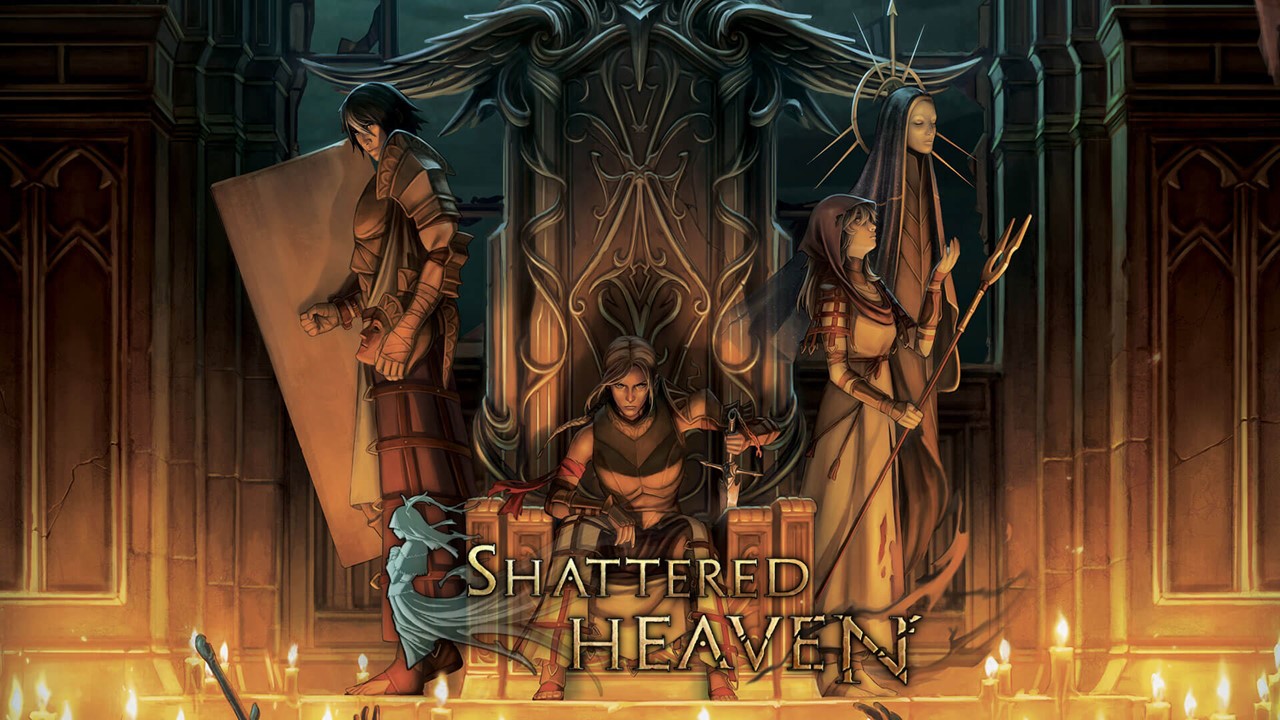
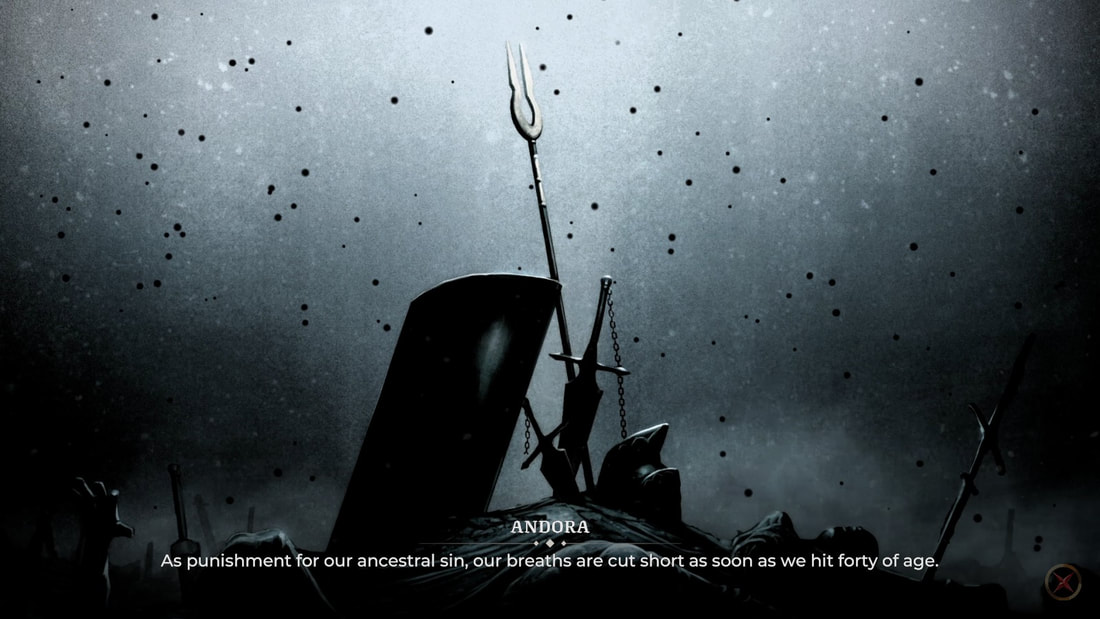
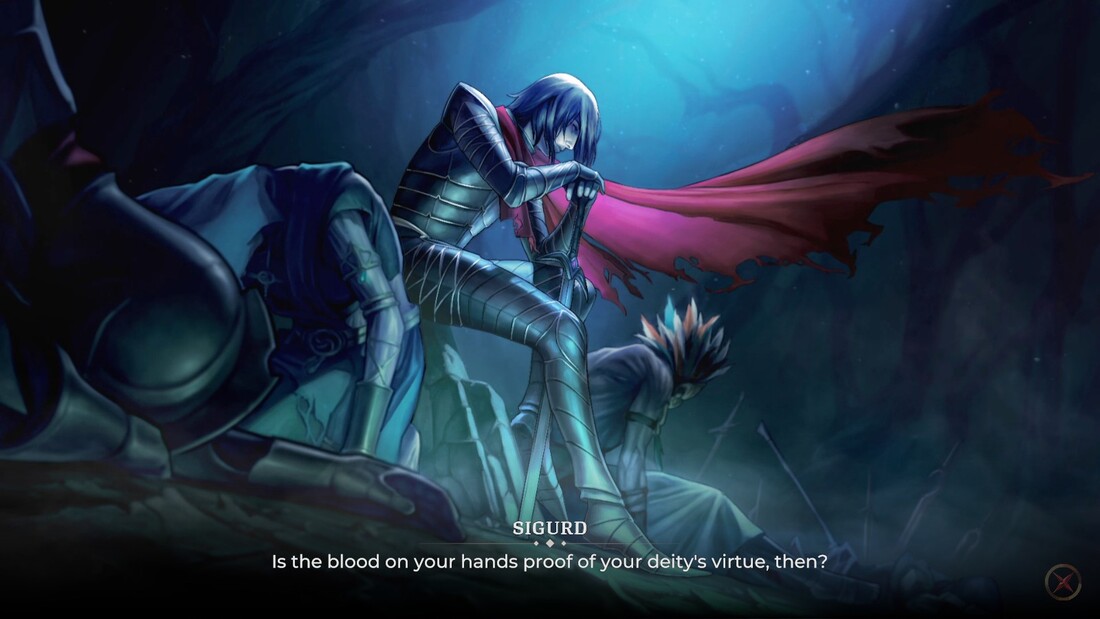
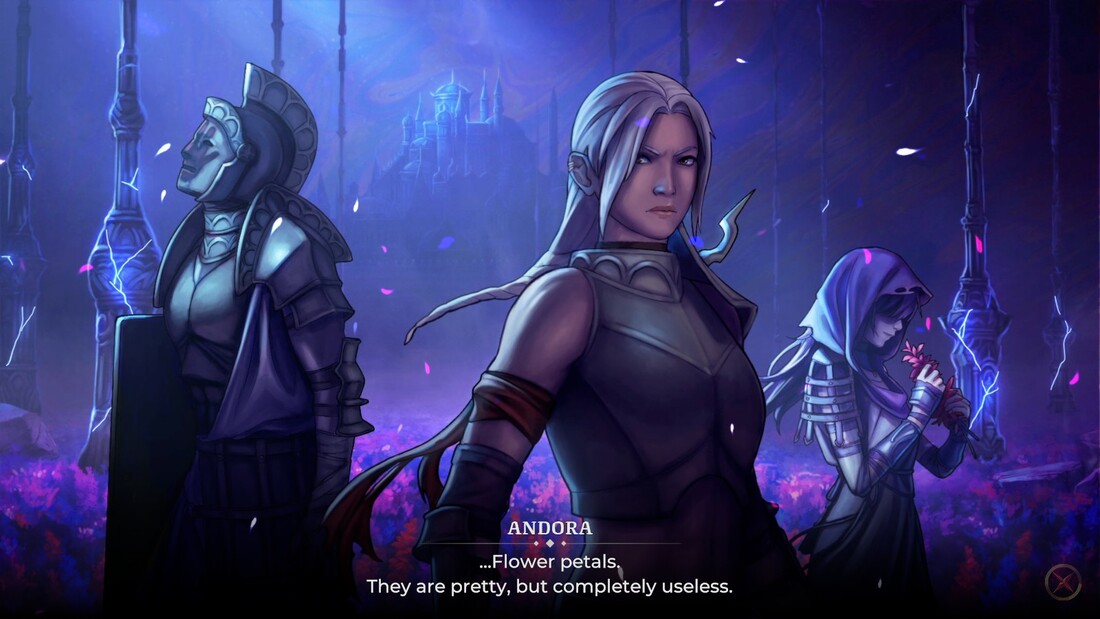

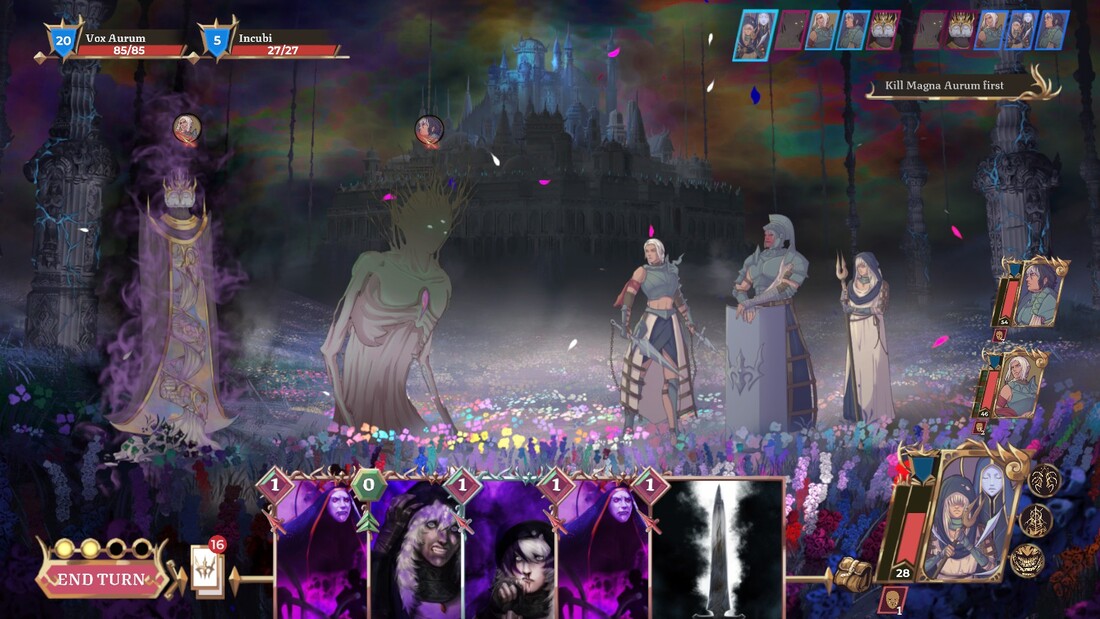
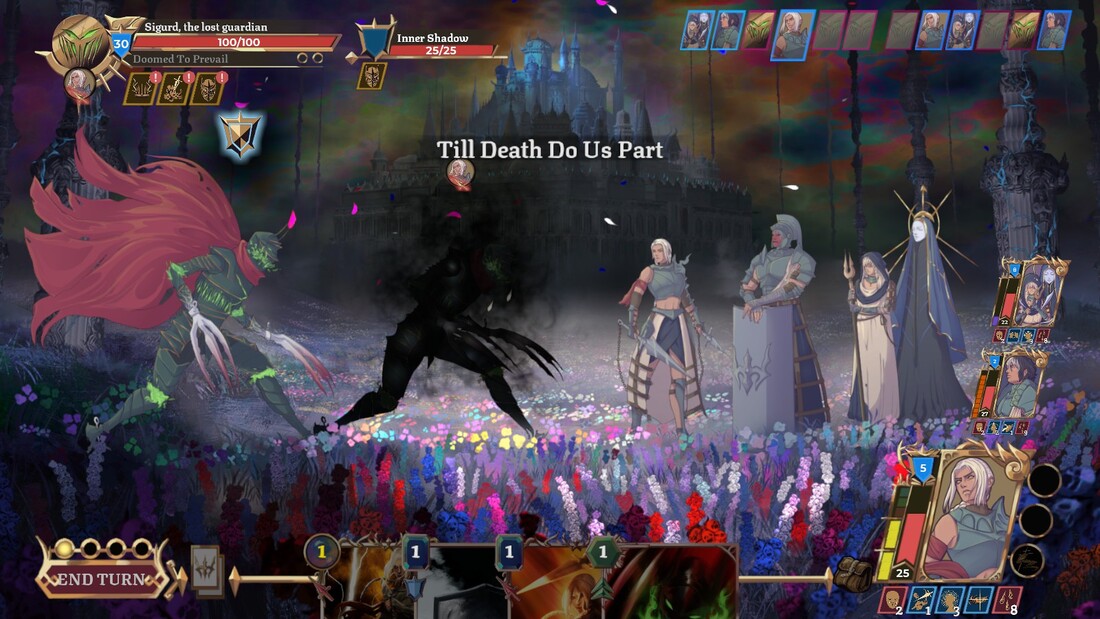
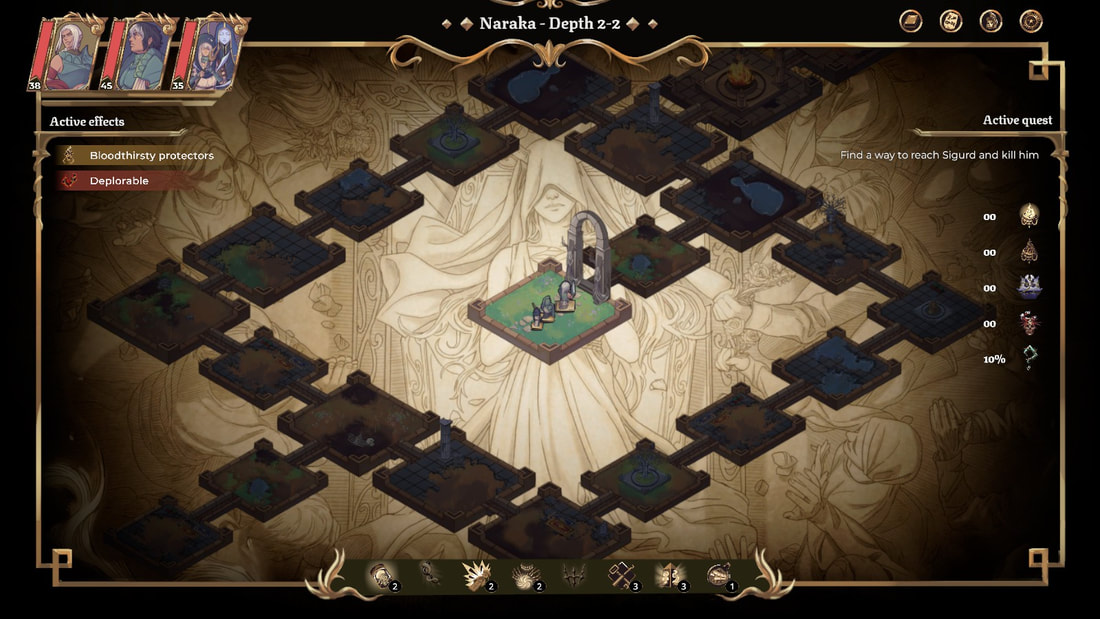
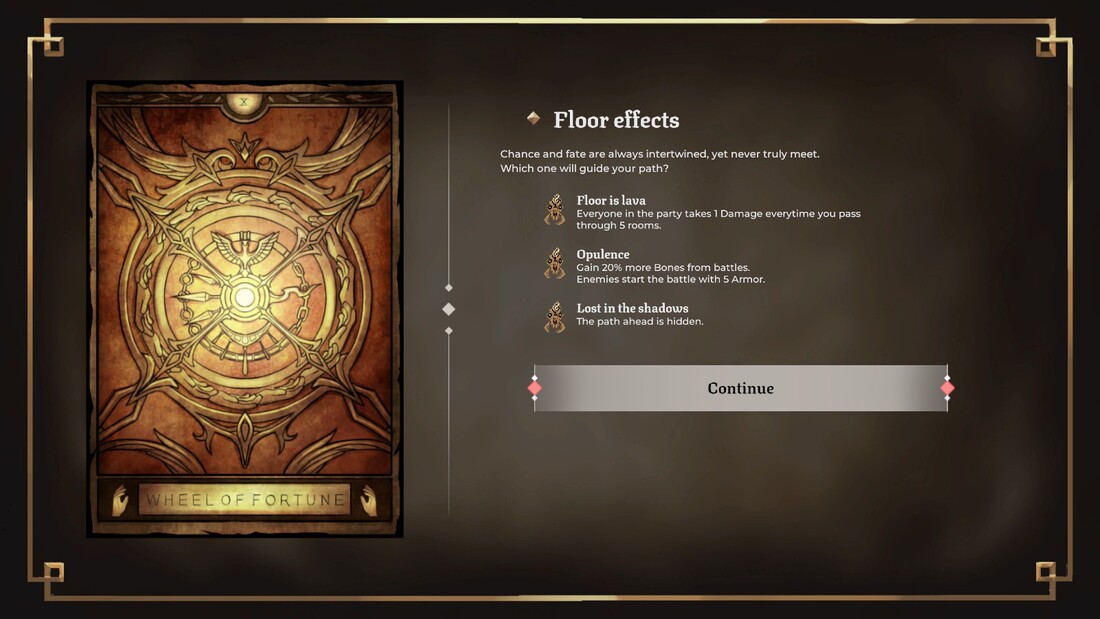
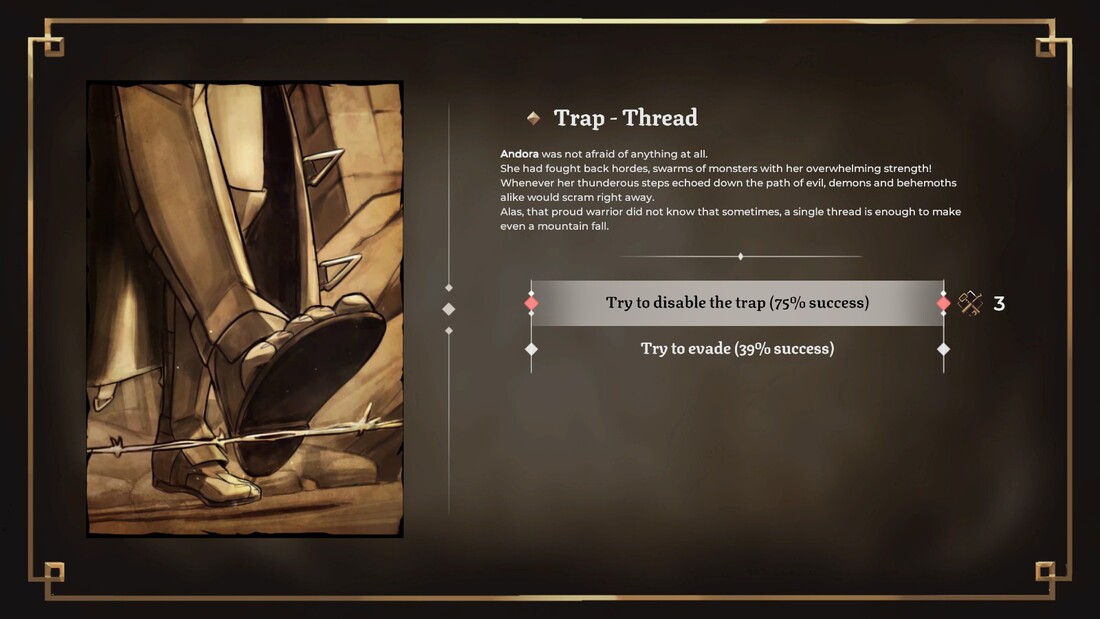
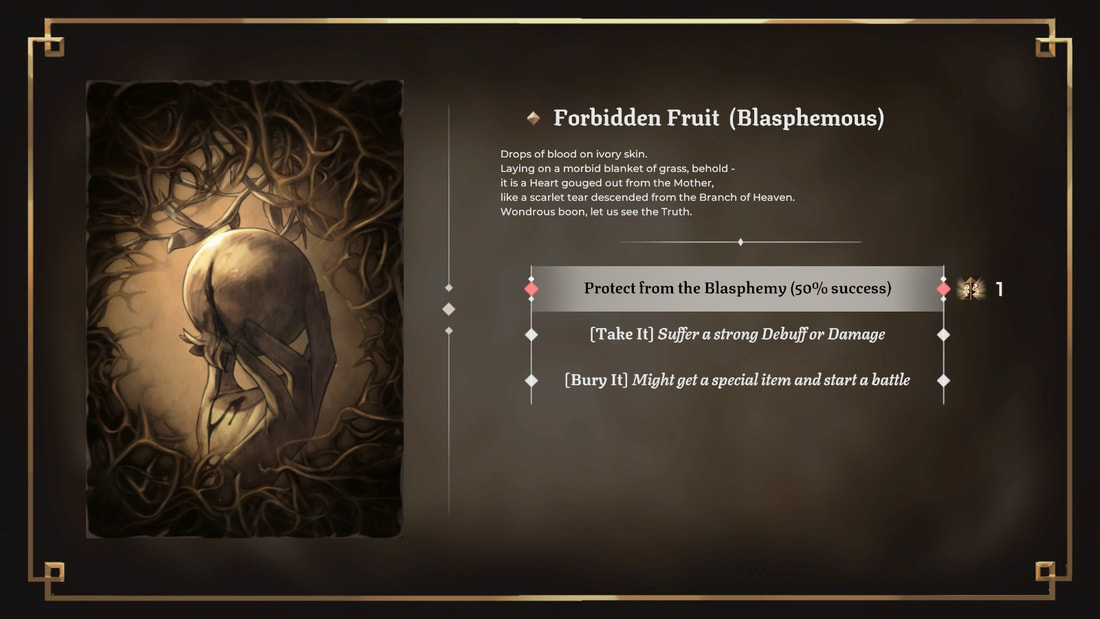
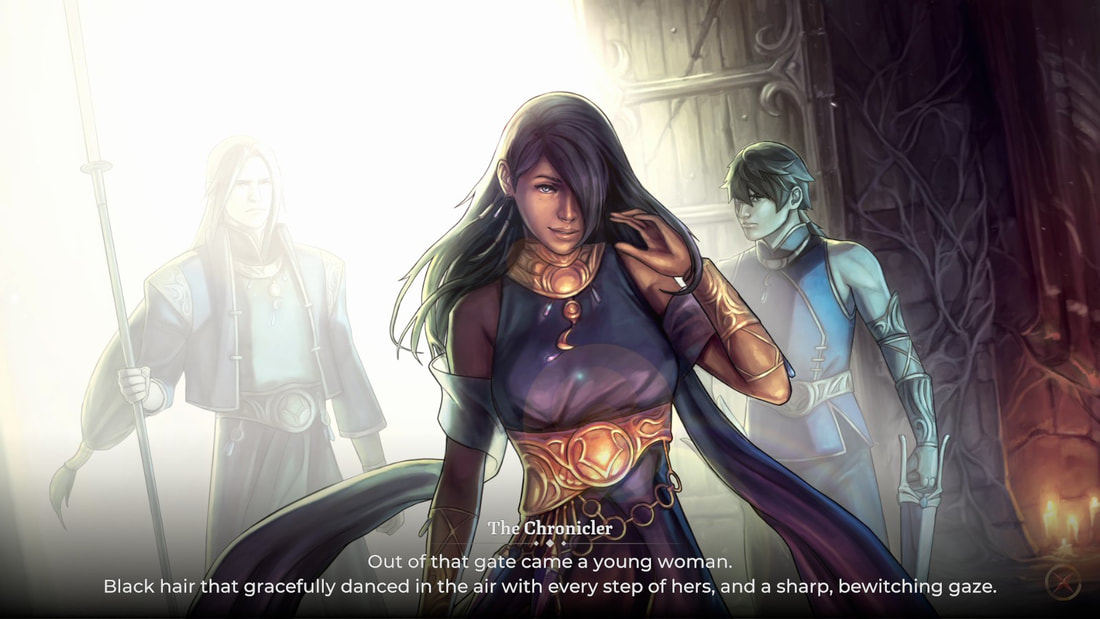
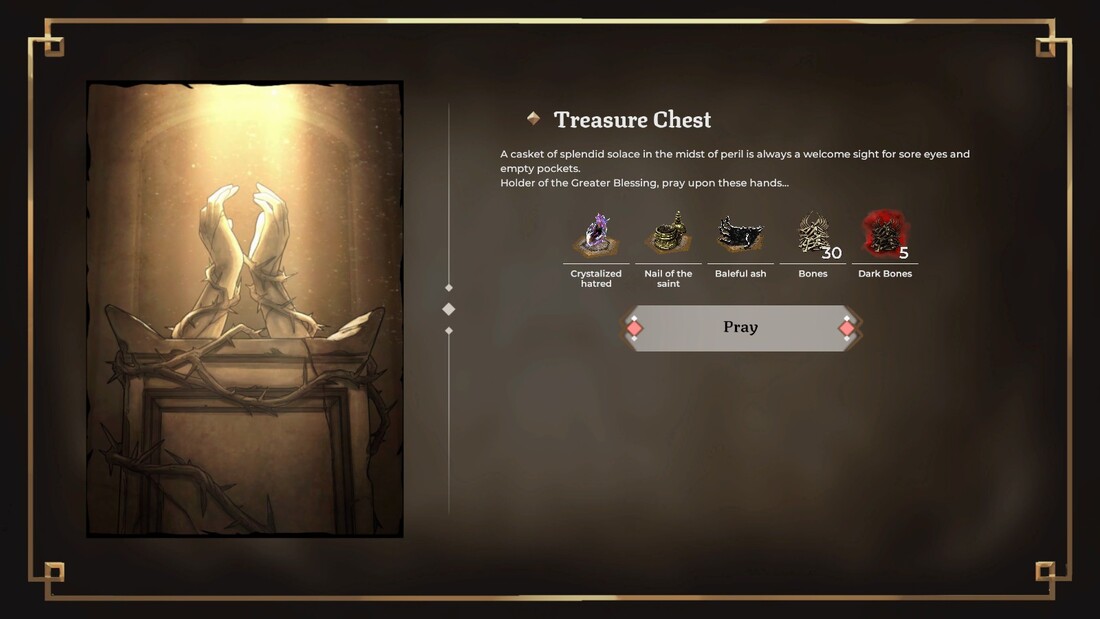

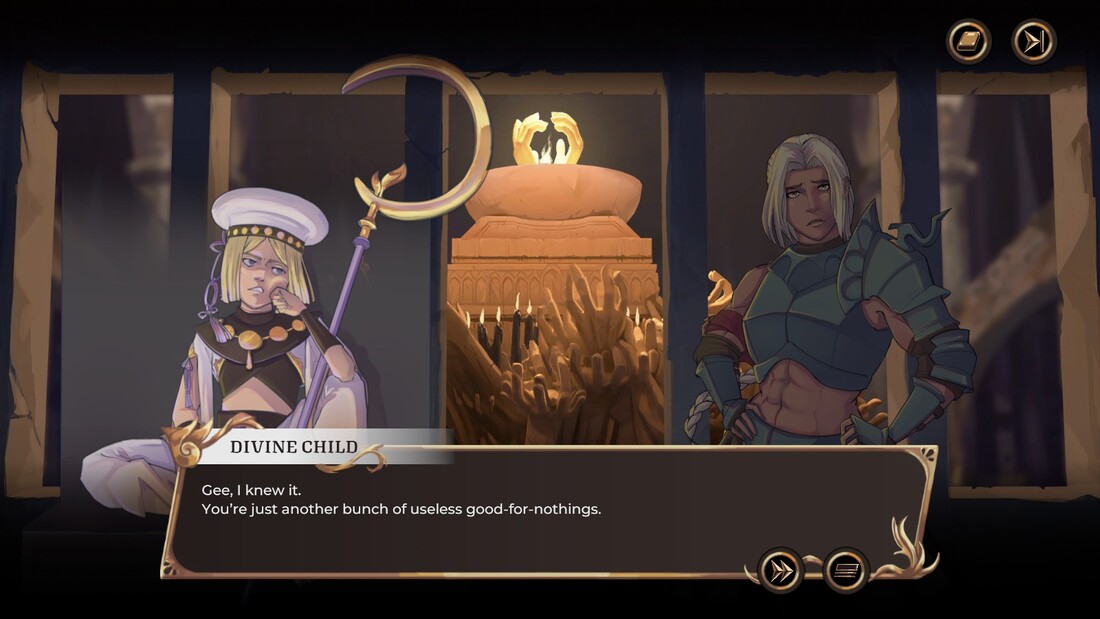
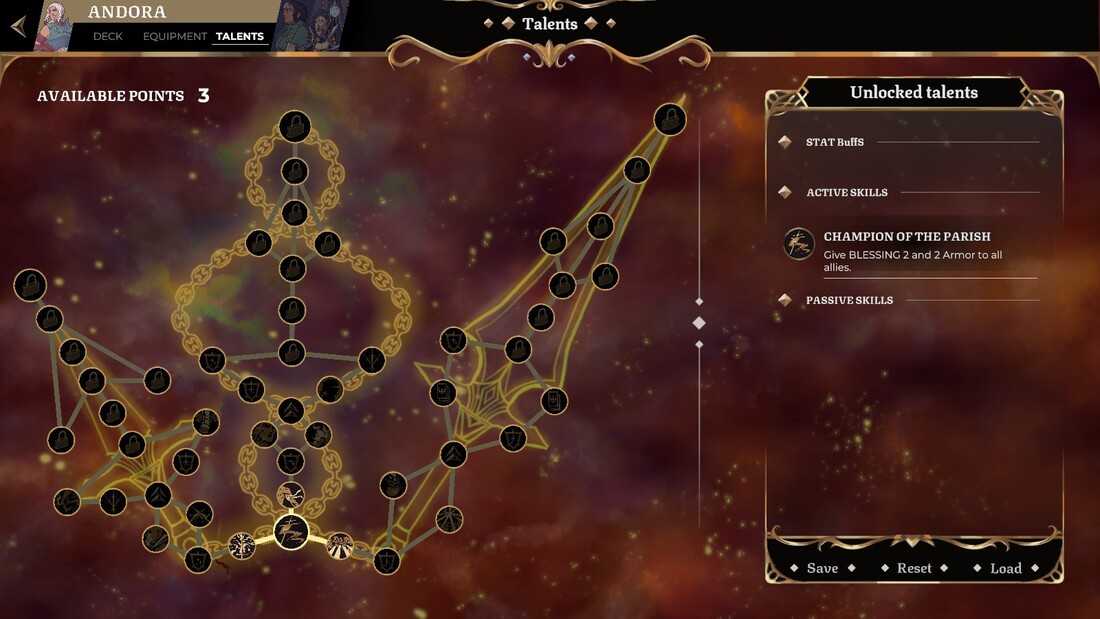

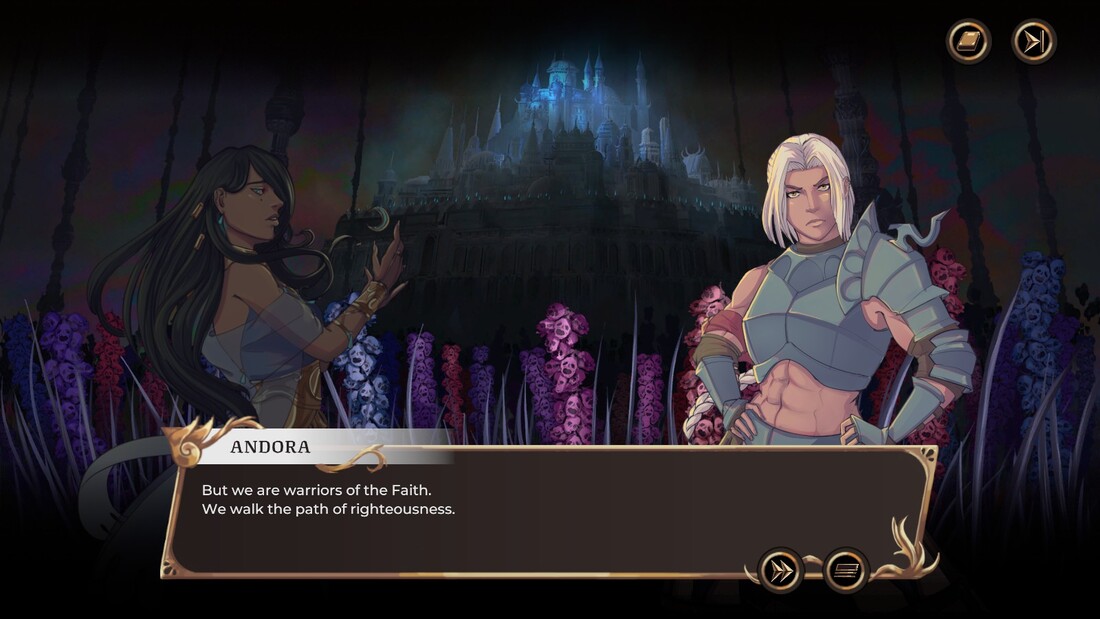

 RSS Feed
RSS Feed